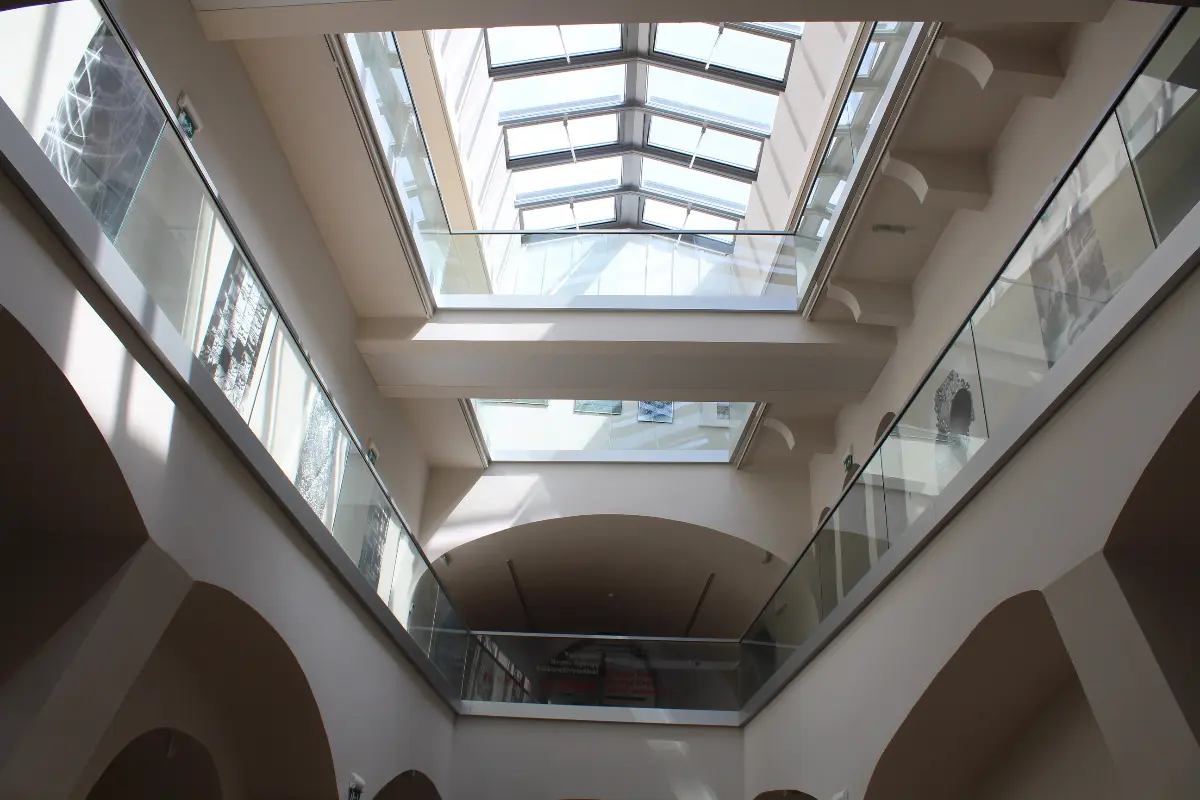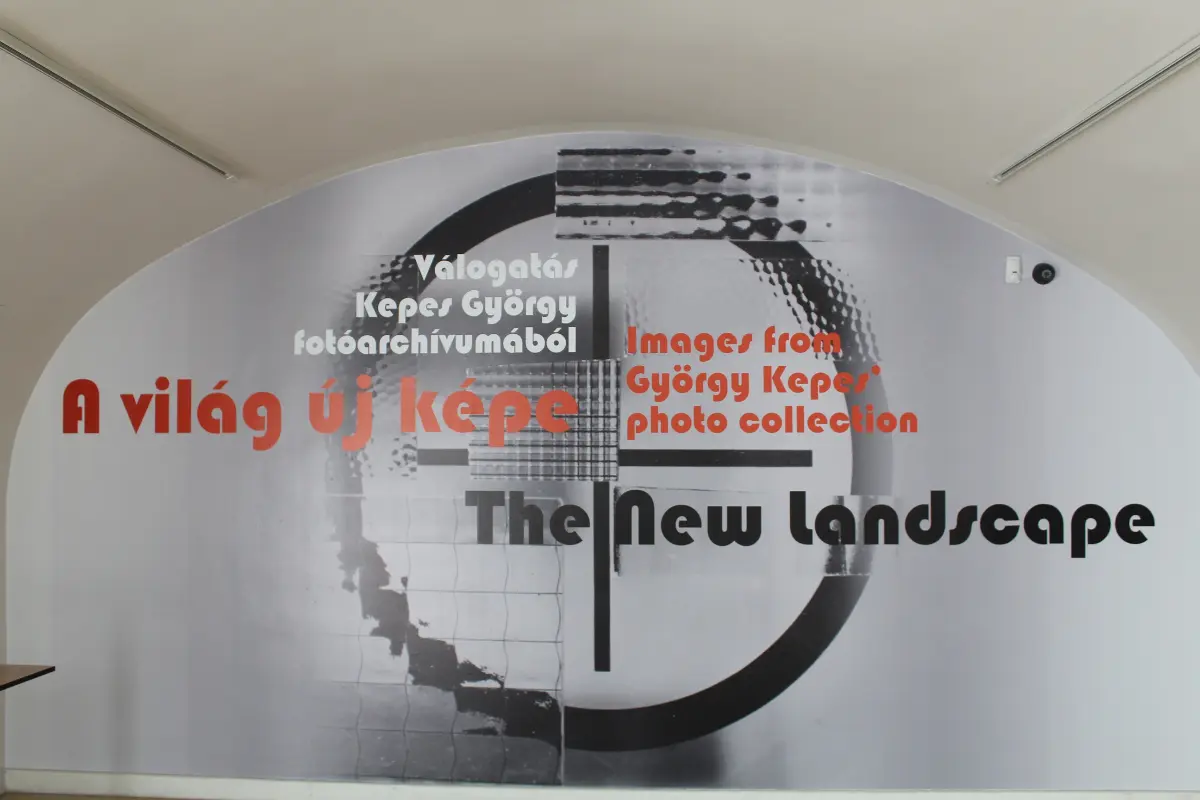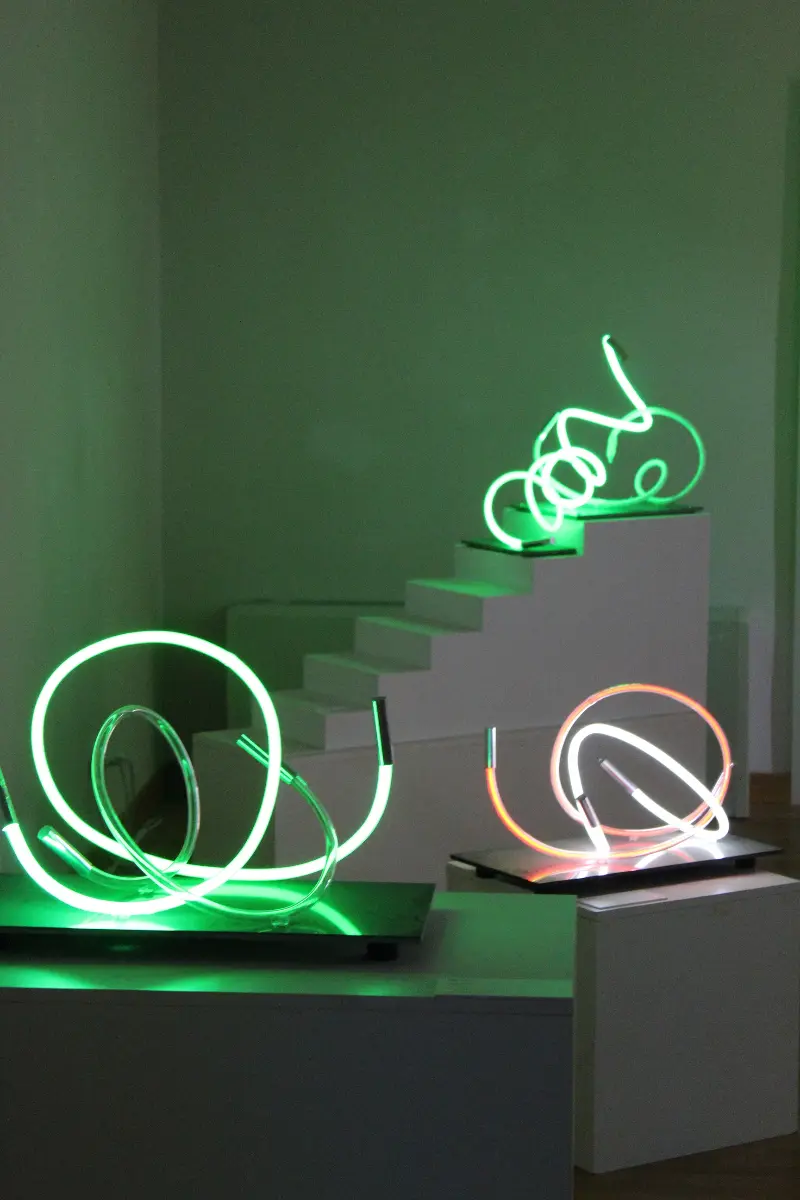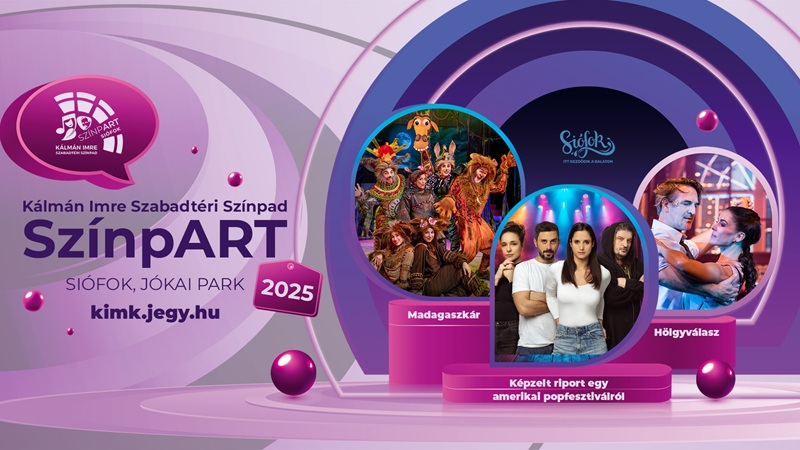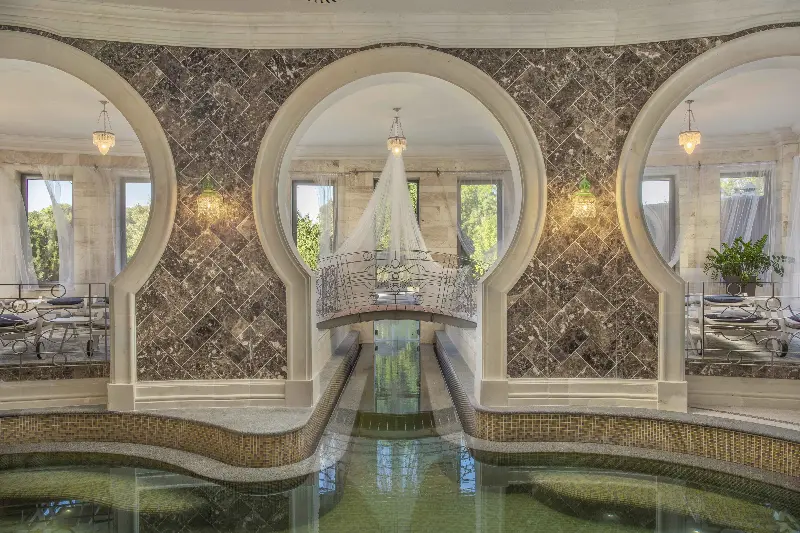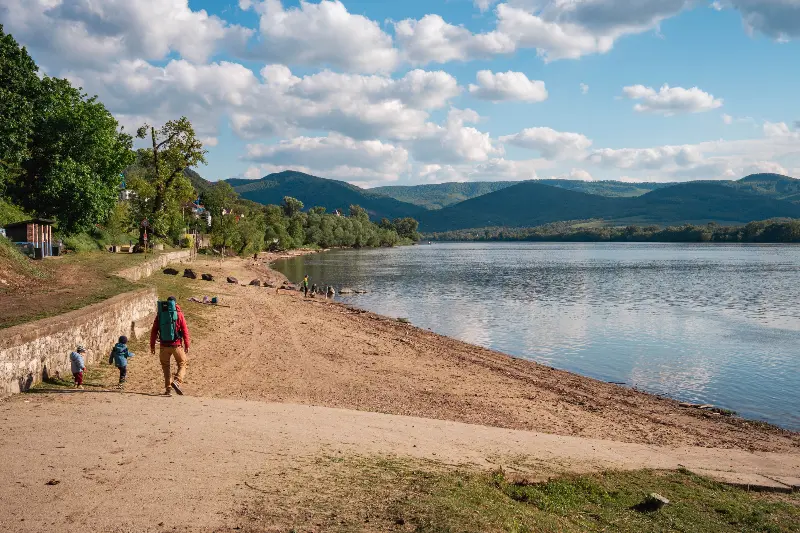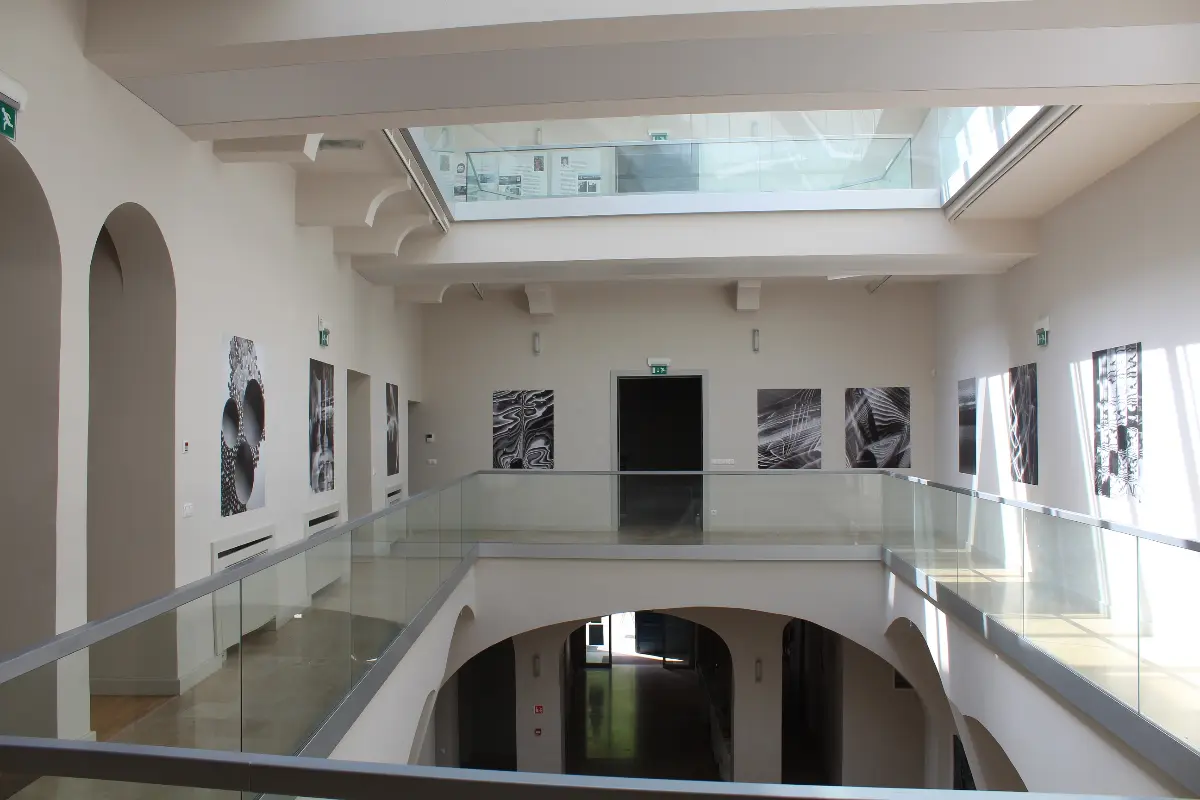
Helyszín címkék:
The Empire of the Light at the Kepes Institute
Bóday Csilla
What exhibitions and events are coming up at the Institute this year?
Our permanent exhibition "The New Image of the World" offers a special, unique and innovative exhibition experience with a selection of works from the György Kepes photo archive, oil paintings and photograms, presented in a traditional interactive display based on holographic and AR technologies. The exhibition, which compromises hundreds of beautifully installed pieces, is a so-called labyrinth exhibition, which is thrilling for the visitor. The Kepes Institute has an ongoing collaboration with the Visual Institute of the Eszterházy Károly Catholic University. The students - painters, graphic artists - exhibit their diploma works here every year, practically taking over the Kepes Institute from the end of May until the first half of July. We have three ongoing exhibitions of students' works.
Galleries and museums a greatly interested in attracting young generations to their exhibitions, but with today's fast pace and technology, can they succeed in introducing them to fine art and finding a way for them to love it?
In the special, interactive permanent exhibition of the Kepes Institute, the displays come to life - with today's technology, smartphone, AR-application (an abbreviation for augmented reality, which transforms the visible world), holographic technology, they come to life, providing an interactive audio-visual experience. This kind of augmented reality application, and interactively presenting works that are not classical in any sense of the word, also captures their interest.
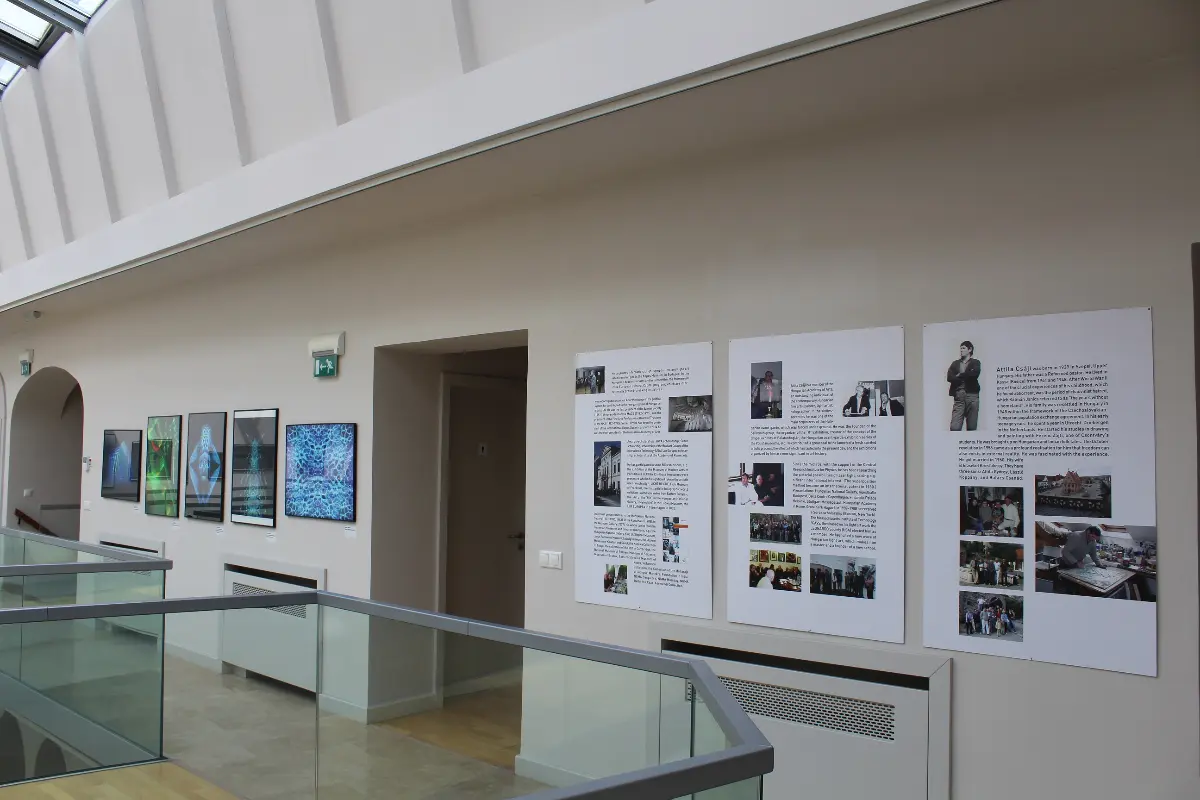
How does the “application institute visit" work in practice?
The app has been uploaded to the Android devices at the institute, and when visitors click on the images through the app, using the phone as a camera, it provides an audio-visual experience that will keep the younger generation coming back for more. The interactive exhibition aims to attract as many young people as possible to the institute, helping them understand and grow fond of the visual arts.
The work of György Kepes already conveyed a modern, forward-looking style. How can older, classical works be brought to the attention of people today?
Lenticular holograms and a holobox provide a novel virtual adventure and this new technology also means a new experience, even for young people. In our foyer, we have a schematized replica of Michelangelo's well-known 5-metre tall statue of David. Naturally, this only takes place in virtual reality, but the photo of the sculpture gives the impression that it is standing next to you and you can walk around it virtually. Such is the essence of the Kepes legacy: to make the combined magic of science, art and technology a lasting experience for all ages.
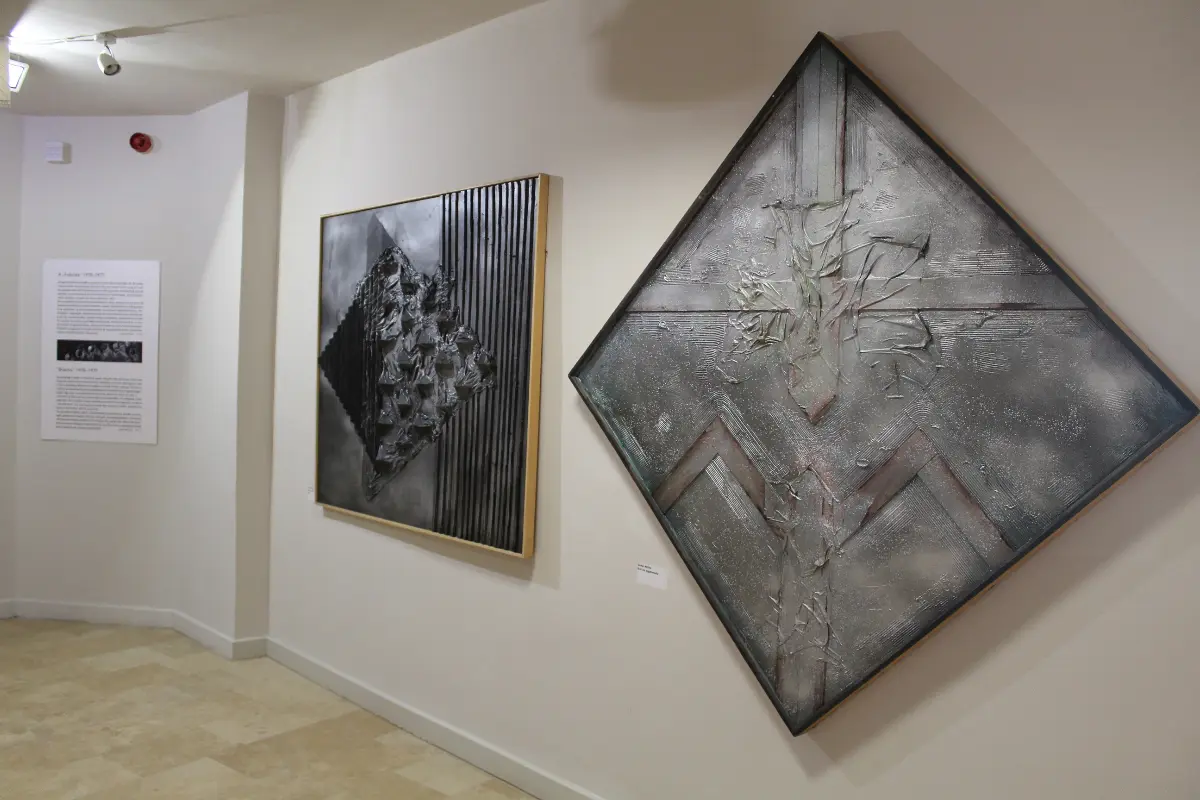
Kepes and the light
A painter, photographer, graphic designer, interior designer, environmental artist, educator, curator, book editor and art theorist, György Kepes was a staunch believer in the socially formative power of
